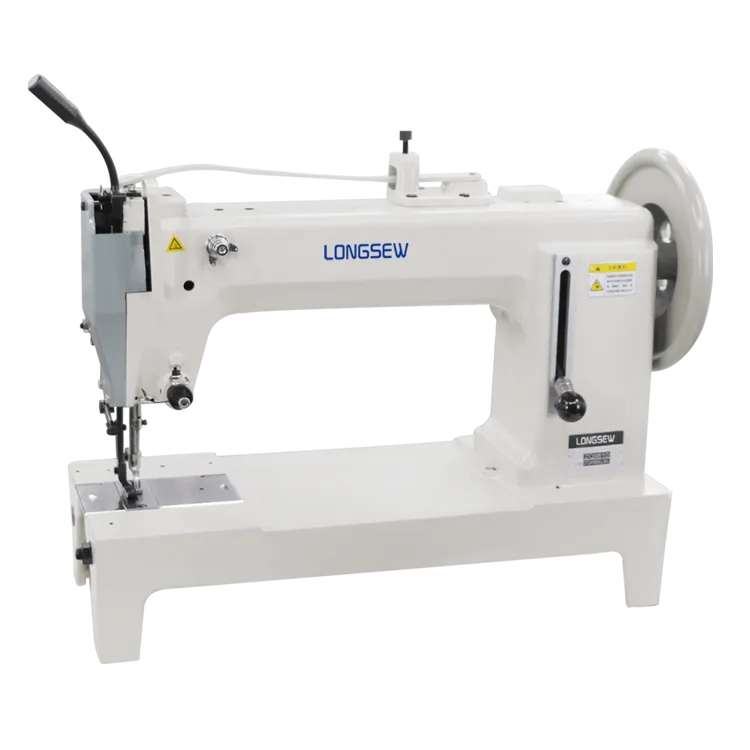what is the difference between overlock and coverstitch
When it comes to sewing, understanding the differences between an overlock machine and a coverstitch machine is essential for achieving professional-quality results in your projects. Both machines serve important functions, but they are designed for different applications in the garment-making process.
When it comes to sewing, understanding the differences between an overlock machine and a coverstitch machine is essential for achieving professional-quality results in your projects
. Both machines serve important functions, but they are designed for different applications in the garment-making process.On the other hand, a coverstitch machine is designed specifically for creating the flatlock stitches that are often found on the hems of knit garments. This machine does not trim fabric edges like an overlock but instead creates a hem that is flexible and can stretch with the fabric, making it ideal for activewear and other garments where elasticity is crucial. A coverstitch usually uses two or three needles and a single looper, producing a stitch that looks similar to a conventional topstitch on the front and a serged edge on the back. This allows for a professional finish that can withstand the stresses of movement without breaking.
what is the difference between overlock and coverstitch

While both overlock and coverstitch machines are valuable in the sewing room, choosing the right one depends on the specific needs of your project. If your focus is on edge finishing and constructing seams, an overlock machine is the go-to option. However, if you're working with knit fabrics and need to create functional hems, investing in a coverstitch machine is advisable.
In summary, the main difference between an overlock and a coverstitch machine lies in their intended purpose. An overlock machine is versatile for various sewing needs, especially for finishing edges and seams, while a coverstitch machine specializes in creating durable, stretchy hems for knit fabrics. By understanding these differences, sewists can make informed choices that enhance their garment-making techniques and improve the overall quality of their projects.
-
Industrial Cylinder Arm Sewing Machine: Revolutionizing Heavy-Duty SewingNewsJul.28,2025
-
Cylinder Arm Sewing Machine: Perfect for Special Sewing ApplicationsNewsJul.28,2025
-
Cylinder Bed Sewing Machine: Essential for Sewing Complex MaterialsNewsJul.28,2025
-
Heavy Duty Sewing Machine: The Essential Tool for Industrial ApplicationsNewsJul.28,2025
-
Computerized Pattern Sewing Machine: Revolutionizing Precision StitchingNewsJul.28,2025
-
Heavy Duty Industrial Sewing Machine: Power Meets PrecisionNewsJul.28,2025
-
Leather Sewing Machine: The Industrial Standard for Tough MaterialsNewsJul.18,2025





























